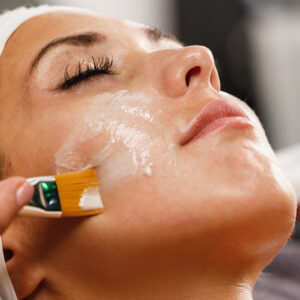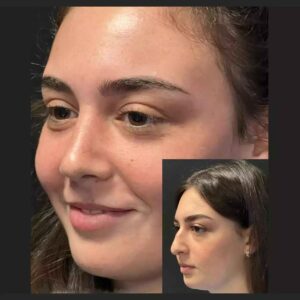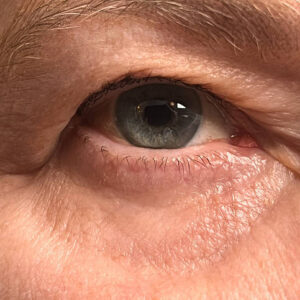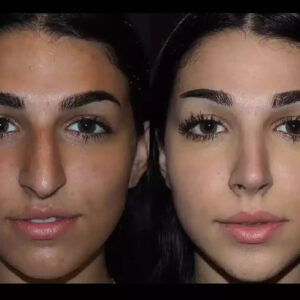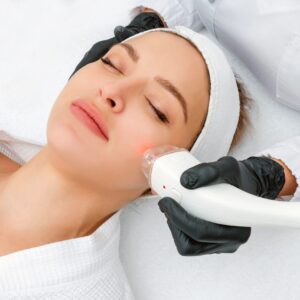When it comes to getting an initial ear piercing, one of the most important decisions is the type of metal used for the jewelry. While it might seem like a small detail, the right metal can make a big difference in how the piercing heals. A safe, high-quality metal helps promote healing and reduces the chances of irritation or sensitivity.
What Makes a Metal Suitable for First-Time Piercings?
Not all metals are created equal, especially when it comes to skin contact. For an initial Ear Piercing Dubai, the chosen metal must be non-reactive and hypoallergenic. This means it should not cause a reaction when in contact with the skin, especially in a fresh piercing site. High standards in purity, surface finish, and durability are essential to ensure the piercing site stays clean and heals properly.
Hypoallergenic Metals: What Are They?
Hypoallergenic metals are less likely to trigger allergic reactions or skin irritation. This feature is especially important for a fresh piercing, as the body is more sensitive during the healing phase. Metals that are labeled as hypoallergenic typically contain fewer alloying elements known to cause sensitivities, like nickel.
Popular Metal Choices for Initial Ear Piercings
Several metals are commonly recommended for first-time ear piercings due to their safety profile, durability, and skin-friendliness.
Surgical-Grade Stainless Steel
Surgical-grade stainless steel is often chosen for initial piercings due to its strength and relatively low reactivity. It contains trace amounts of nickel, but in high-quality forms, it is usually safe for those without extreme sensitivities. It’s widely accepted as a starter metal because it provides a clean surface and retains its shine over time.
Titanium
Titanium stands out as one of the most biocompatible metals available. It contains no nickel and is extremely unlikely to cause a reaction, even in those with sensitive skin. It’s also lightweight and corrosion-resistant, making it a great choice for long-term wear, especially during the crucial early healing stages.
Niobium
Though not as widely known, niobium is another excellent metal option for initial piercings. It shares many properties with titanium, including its hypoallergenic nature and resistance to corrosion. It’s often praised for its natural softness, which adds comfort for those with new piercings.
Gold (High Karat Only)
Only high-karat gold—typically 14k and above—is considered safe for new piercings. Lower karats tend to contain more alloy metals, like nickel or zinc, which can cause irritation. High-karat gold is softer and should be properly polished to avoid surface imperfections that could trap bacteria.

Metals to Avoid for First-Time Piercings
Even though some metals may look appealing or fashionable, they are not suitable for fresh piercings. Anything that is plated, painted, or contains unknown alloy mixes should be avoided. These materials can flake, chip, or react with skin, potentially leading to discomfort.
Metals that contain high levels of nickel or zinc can often cause itchiness or redness. While these reactions vary from person to person, it’s better to err on the side of caution when choosing jewelry for a new piercing.
Appearance vs. Safety: Making the Right Choice
It might be tempting to pick jewelry based on how it looks, but the appearance should come second to how safe and appropriate the material is for a healing ear. The first few weeks after a piercing are critical for healing, and using a high-quality metal provides the safest environment for the skin.
How Jewelry Finish Affects Healing
The polish or finish on metal jewelry plays a role in the healing process too. Smooth surfaces are less likely to harbor bacteria or cause friction. A high-polish finish allows for minimal irritation and ensures the jewelry slides easily through the piercing without catching or pulling on healing tissue.
FAQs
Which Metal Is Least Likely to Cause a Reaction?
Titanium is widely regarded as the most hypoallergenic metal available. It’s free from nickel and well-tolerated by almost everyone, making it a safe choice for new Ear Piercing in Dubai.
Is Gold Safe for a New Piercing?
Yes, but only if it’s high-karat gold (14k or above) and free from added alloys that may irritate. It should also have a polished finish and be nickel-free.
Why Should Plated Metals Be Avoided?
Plated metals have a thin outer layer that can wear off over time. Once the plating fades, the underlying metal may react with the skin and irritate the piercing site.
Can I Switch to Fashion Jewelry After Healing?
Once a piercing is fully healed, more decorative options may be considered. However, it’s still best to choose metals known for being skin-friendly, especially if the skin is prone to sensitivity.
How Long Should I Keep the Initial Jewelry?
Initial jewelry should remain in place throughout the healing period. Removing it too early can disrupt the healing process and may lead to the piercing closing up.
What Should the Finish of the Jewelry Look Like?
Jewelry for initial piercings should be polished to a mirror finish. A smooth surface ensures comfort, helps reduce bacteria buildup, and supports quicker healing.
Final Thoughts
Choosing the right metal for an initial ear piercing is essential for a healthy healing journey. While it may be tempting to go for a stylish option right away, prioritizing safe, hypoallergenic metals sets the foundation for a lasting and comfortable piercing. With choices like titanium, surgical stainless steel, niobium, or high-karat gold, the experience becomes not just safe, but also satisfying. Prioritizing skin safety and jewelry quality is the best way to enjoy a new piercing with peace of mind.

